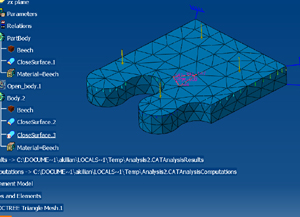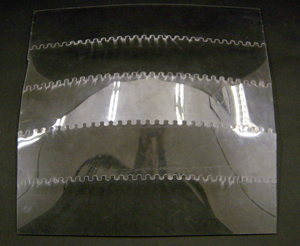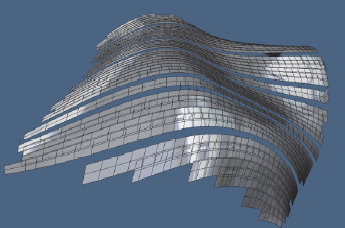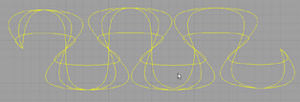





Final Project
NMM
Modeling of a pressure fit puzzle joint in a material to determine the optimum
combination of material thickness, surface friction and joint size and depth.
Potentially differentiating between in plane forces and shear forces.
Proposed method - using finite element analysis to study the joint behavior.
Goal - to find an optimized joint configuration based on material properties
and geometry
Potential
resources
CATIA - Dassault System - generative structre modul
ADINA - Automatic,dynamic, incremental nonlinear analysis
openFEM.org - open source finite element tools library
Finite Element Procedures - Klaus Juergen Bathe
The modeling
of form rarely takes into account structural performance of the elements that
are being modeled. The proposal is to study how optimization and structural
analysis can be used to influence form making in design process.
Finite elment analysis seems like an approriate method to model material properties
and to give feedback to form making process.
For instance a plank of wood laid onto a curved surface takes a certain path
based on its flexibility and crosssection and based on the curvature the surface
has. At a certain point the plank will not be able to follow the surface anymore.
One possible apporach could be to find distribution of planks on asurface
for optimal coverage based on the mateterial properties. (depending on level
I can achieve in FEM)
